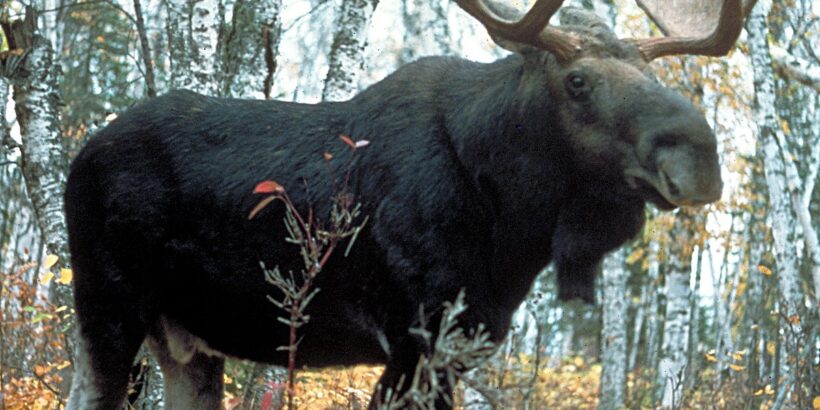In a decisive move to address the continuous decline of the Western Arctic Caribou Herd (WACH), the Alaska Board of Game enacted new hunting regulations following their meeting in Kotzebue on Monday. These regulations aim to strike a balance between the sustenance needs of local communities and the long-term health of the caribou population.
Subsistence Hunting Restrictions:
- Reduced Bag Limit: Effective July 1st, subsistence hunters residing in Northwest Alaska and parts of the North Slope will be subject to a significantly reduced bag limit of 15 caribou per year, with only one cow permitted. This represents a major shift from the previous daily limit of five animals.
- Rationale: This amendment responds to concerns regarding the herd’s diminishing size, estimated at 152,000 animals in 2023, reflecting a 7% decline from the previous year. The goal is to promote herd recovery through reduced harvest pressure.
- Community Input: The initial proposal of a four-animal annual limit with one cow sparked significant pushback from communities reliant on caribou for subsistence. Citing rising food and fuel costs, residents expressed concerns about the ability to meet their needs under such restrictions.
Amended Regulations:
The Board acknowledged community concerns and amended the proposal to allow a higher annual limit of 15 animals, while maintaining the restriction of one cow per year. This revision reflects a compromise reached by balancing conservation efforts with the immediate needs of local communities.
Timeframe and Future Adjustments:
- Indefinite Application: The new regulations will remain in effect for an indefinite period, subject to review and potential adjustments based on the WACH’s population trajectory.
- Federal Land Management: Notably, these regulations apply solely to state-managed lands. Decisions regarding hunting regulations on federally managed lands within Northwest Alaska will be determined by federal authorities in the spring.
By implementing these changes, the Alaska Board of Game aims to achieve a sustainable balance between protecting the WACH and upholding the traditional way of life for subsistence communities. Continued monitoring and potential adjustments will be crucial in ensuring the long-term viability of this essential herd and the cultural practices it sustains.
